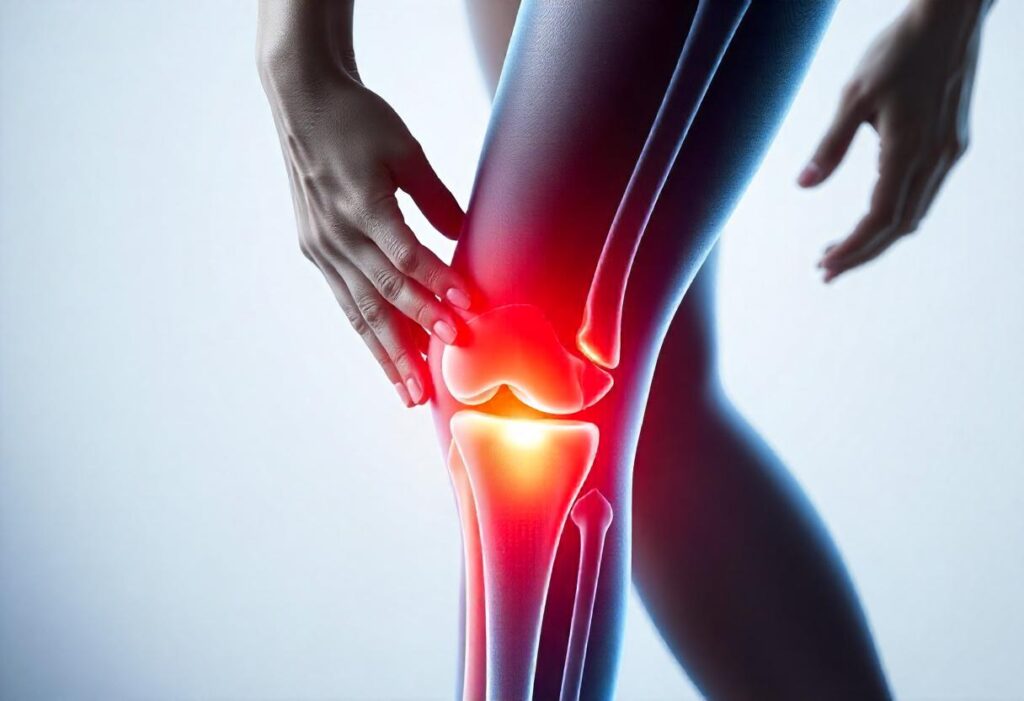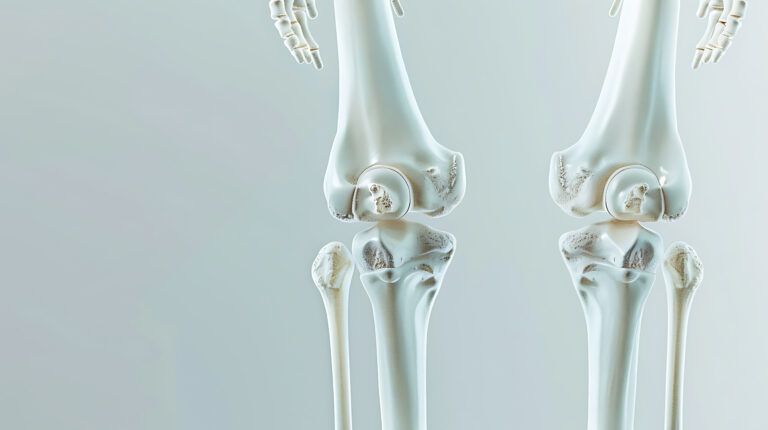
Introduction:
ACL (Anterior Cruciate Ligament) injuries are a common occurrence among female athletes. Studies show that women are significantly more prone to ACL tears compared to men, especially those involved in high-impact sports like soccer, basketball, and skiing.
Source(“https://www.hopkinsmedicine.org/health/conditions-and-diseases/acl-injury-or-tear/acl-tears-in-female-athletes-qa-with-a-sports-medicine-expert#:~:text=Why%20are%20ACL%20tears%20more,an%20ACL%20tear%20more%20likely.“)
This blog explores the reasons behind this gender disparity, methods to prevent ACL injuries, and the treatment options available to women.
Why Women Are More Prone to ACL Injuries:
- Anatomical Differences: Women generally have a wider pelvis, which alters the alignment of the knees, placing extra strain on the ACL.
- Hormonal Factors: Fluctuations in estrogen and relaxin levels during menstruation can make ligaments more flexible and prone to injury.
- Neuromuscular Control: Women tend to land from jumps and pivot differently than men, often with more force on their knees.
Prevention Strategies:
- Strength Training: Focusing on quadriceps and hamstring strength to balance forces on the knee.
- Neuromuscular Training: Improving body awareness and movement mechanics during activities like jumping and landing.
- Proper Footwear and Orthotics: Wearing appropriate shoes for the sport can provide stability and reduce strain on the knee joint.
- Warm-up Exercises: Incorporating proper warm-up routines that focus on flexibility, strength, and agility.
Treatment Options for ACL Injuries:
- Conservative Treatment: Involves rest, physical therapy, and bracing for mild injuries.
- Surgical Treatment: For complete ACL tears, reconstruction surgery is often recommended, followed by an extensive rehabilitation program.
- Rehabilitation: Physical therapy post-surgery is critical for regaining strength and stability in the knee.
Long-Term Implications of ACL Injuries:
ACL injuries can predispose women to arthritis in the knee joint, making early diagnosis and proper treatment essential for long-term joint health.
Disclaimer:
The information provided is for educational purposes only and should not replace professional medical advice. Always consult a healthcare provider for an accurate diagnosis and personalized treatment plan for ACL injuries. Causes, risk factors, and prevention strategies may vary depending on individual health conditions and activity levels. This content aims to raise awareness about ACL injuries in women and provide general guidance on maintaining knee health. Results from treatment and prevention strategies can differ, and professional guidance is essential for optimal recovery and long-term knee health.


